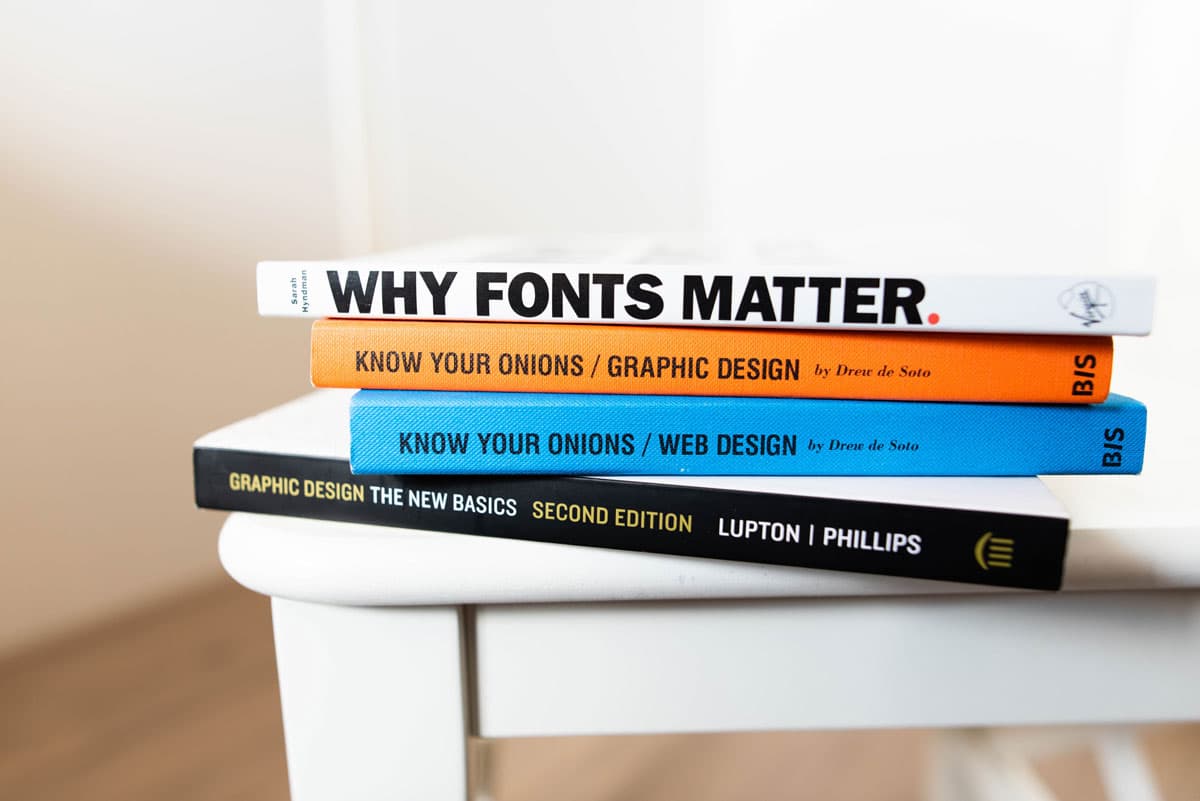Hopper's Principles of Design
Over the years at Hopper, our product team has gained a pretty intuitive sense of what we value in our product's design, but to date we have yet to make these tangible.

Pantelis Korovilas - Wed Jan 11 2017

Values are aspirational. They are a reflection of what we deem meaningful in life. They confer importance and serve as signposts to guide our behavior. Over the years at Hopper, our product team has gained a pretty intuitive sense of what we value in our product’s design, but to date we have yet to make these tangible.
As our company scales, we want to be sure that anyone coming in can benefit from this understanding and continue to make products that move us closer to our core values. Enter our Principles of Design.
After a wildly successful year — including most recently being named one of Google’s Most Beautiful apps of 2016 — our team is growing fast. We’re hiring designers and product managers and these guiding principles intend to serve as a compass for those new and old working on our products, to keep us close to our core identity, and help bring out the best in us on every project we tackle.
Here at Hopper, we intend for our products to be:
Human
We are designing for people, with real problems, real emotions, and real experiences. Treat others the way you would like to be treated. Be kind, be empathetic, be understanding.
Maintain a casual and relatable tone.
Use strong information architecture to make key steps obvious, respecting the user’s time and our propensity for distraction.
Use branded illustrations, icons, and emoji to add color and life into boring utilitarian tasks.
Inclusive
Travel is not just for young or old people, Americans or Canadians. Our designs need to work across age groups and cultures.
Make sure our features work and are accessible for as many users as physically possible.
Avoid limiting language like complex jargon; speak in a way that is accessible and inviting.
Helpful
Data has immense potential to uncover hidden patterns and inform us in a way we never could ourselves. It is our responsibility to make sure we are providing the right information and the right time.
Make sure we are providing the right content for the right circumstances.
Present data and complex concepts in ways that are clear, concise, and easy to digest.
Don’t provide everything at once, but ease users into new concepts and ideas.
Simple
The power of our design work is through our data, and what we are able to convey with it. This should take center stage at all time. We have created our design style with this goal in mind: large areas of blank white canvas to serve as a quiet backdrop for deliberately chunked and spaced content, to make digestion of complex concepts easy and effortless.
Make sure the data and content is prioritized first, within the framework of deliberate information architecture and clear hierarchy.
Use white space liberally and give ideas ample room to “breath” to aid in ease of comprehension and limit overwhelming the user.
Use color to highlight CTAs (using our Sky Blue hue), Data, and Brand (using our Coral) primarily.
Immediately Valuable
Our product is intended to provide value and be useful first, over being fun and playful (though we value that too!). We aim to take the pain and uncertainty out of travel. We aim to help you make the best decisions with the least amount of work.
Make sure our unique value comes through as soon as possible in every interaction and flow.
Don’t bury key value points late into the user flows, but surface them as early as possible.
Consistent & Efficient
Repetition is the mother of learning and predictable experiences are easier to master and build.
Make sure you re-used existing patterns and tools as much as possible.
Only introduce a new pattern or metaphor when the existing system fails to support a need or you intend to make a new feature notably distinct for branding purposes.
Proven
We are not always the users of our product and we know more than a typical user ever will about our product and concept. Get out of the office and validate everything you do, as often as possible and reasonable.
Design to test; always have a metric for success, a target, and a hypothesis in mind.
Get feedback from those who are not working on your projects and the people who will actually use your product early and often.
Design principles are intentionally broad, to allow room for creativity, to allow us to interpret them in our own way. But they also aim to provide a strong enough thread to hold isolated instances of creativity together, further bound by more specific tools like brand styles and UI patterns.
These are no different, serving as our design mission statement at its highest of levels. In future posts, we will be sharing how we interpret them through our specific tools, processes, and patterns. Stay tuned.